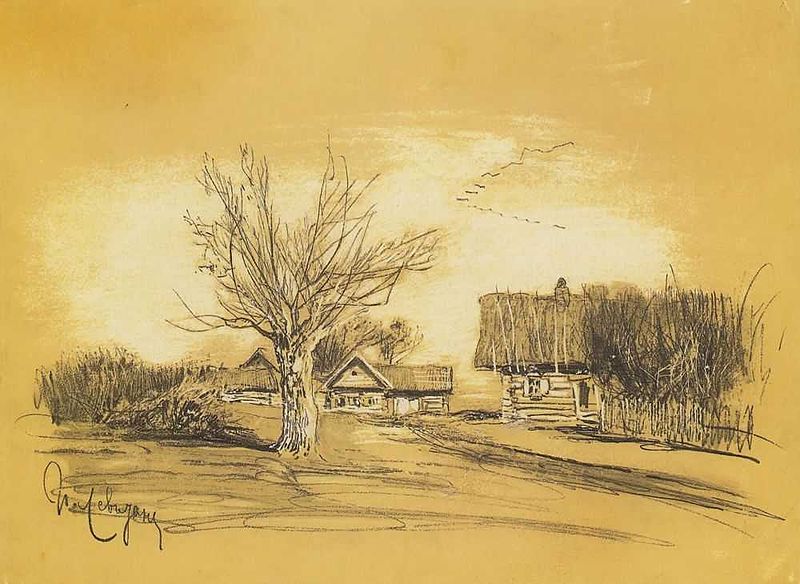"So, the solutions are going to have to be hierarchical to some extent and avoid the local fetishism I have been railing against before, whether it is called localism, local democracy or resilient communities (which looks often like right-wing survivalism to me)."
What this guy means is that permaculture = right-wing survivalism. I've come to learn lately that most classical socialists look upon permaculture this way.
Ironically I'm sure this guy will put A Pattern Language in the same category, in spite of its hierarchical structure. The hierarchy should be in the language, which is made up from the human hand of the people.
This guy also means, like Ross Wolf, that culture = unnature. Of course he then hates resilient communities, as in nature every part is resilient by itself, made up from a multitude of connections being part of a larger whole.
Capitalists and socialists are the same thing, as they both define culture as unnature, and permaculture then becomes like a read cloth in their face: http://permaliv.blogspot.no/2012/06/permaculture-nature-civilization.html
 |
| Right-wing survivalism according to David Harvey |
My follow up comments:
- Øyvind Holmstad Says:
July 13th, 2012 at 10:21 amIf we should talk about some real nasty urban fetishes the first things coming to my mind is Le Corbusier’s “The Tower in the Park”: www.permaculture.org.au/images/659px-Buildings3.jpgA typical top-down approach!



Øyvind Holmstad Says:
July 13th, 2012 at 8:10 am
July 13th, 2012 at 8:18 am